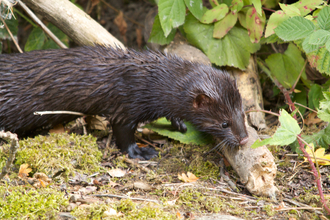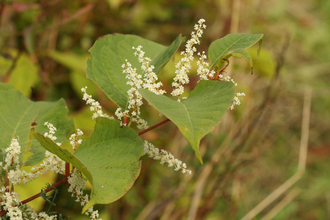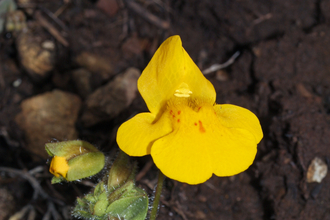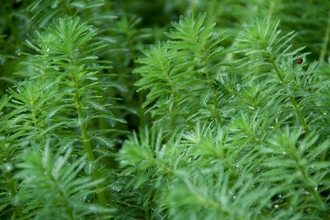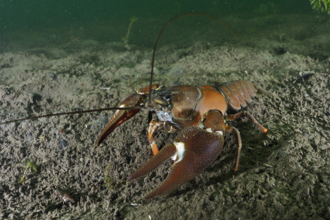Himalayan balsam © Lianne de Mello
Tackling Invasives
Around 10,000 years ago, a land bridge connected Britain to what is now mainland Europe. The end of the Ice Age allowed wildlife to colonise this newly habitable space, until rising sea levels formed the English Channel. All the plants and animals that were present in Britain at this point are classified as native species.
Non-native species, by contrast, are those transported outside their natural range by human activity. This isn't always a bad thing - the little owl is a deliberate transplant from Europe and the apple tree comes from Kazakhstan, but neither poses a problem for native wildlife.
When a species negatively impacts the environment, the economy, or human health, however, then it's classified as invasive. This impact can take many forms: invasive species might hunt native ones, or out-compete them for food and habitat. They might carry new diseases or have the ability to hybridise.
How you can help
What is biosecurity?
Biosecurity is the effective management of risks posed by invasive non-native species, pests or harmful pathogens focusing on the prevention stage. Prevention is by far the most effective way of tackling the impacts of invasive non-native species on the environment.
Why is biosecurity important?
Invasive non-native species can cause huge amounts of damage to the environment by outcompeting and predating on native species. They can also impact on our everyday lives by causing flooding through land erosion, reducing water quality and access, damaging infrastructure, and they can even effect our health and wellbeing.
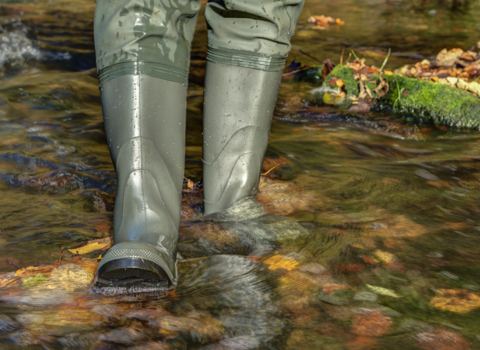
Check, clean, dry
The most important thing you can do to help Stop the Spread of non-native invasive species is to follow the three simple biosecurity steps of Check Clean Dry every time you are out in the countryside.
Check your clothes and equipment after leaving water or on wet ground for mud, aquatic animals, and bits of plants. Remove anything you find and leave it on site.
Clean everything thoroughly as soon as you can, paying attention to areas that are damp or hard to access. Use hot water if possible.
Dry everything for as long as you can before using again. Some invasive species can live up to 2 weeks in damp conditions!
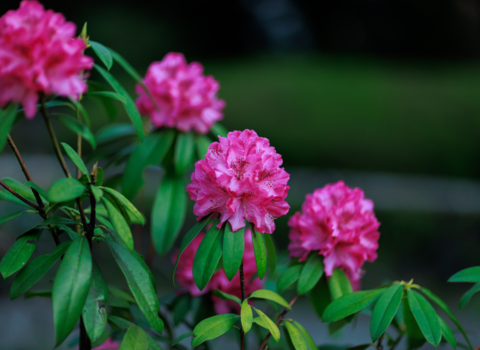
Be plant wise
Plants are natural escape artists, and we don't know which ones could become invasive in the future. Try to fill your outdoor space with local species, or take steps to stop non-native ones from 'jumping the fence'.
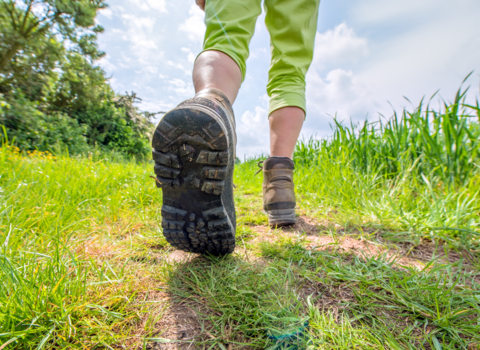
Walkers
Before you go home, use a boot brush to get in between the tread of your boots and wash away any dirt with fresh clean water on to hard standing ground, gravel, or grass - don't allow any dirty water to enter the water course or sewers! Make sure to check clothing, such as Velcro, zips, or turn-ups on your trousers, that could trap any plant or animal material.
Your four-legged friends can also carry plant material on their fur and paws so don’t forget to give them a wash-down too!
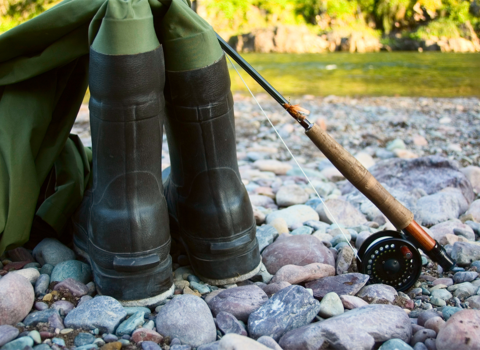
Waders and fishing rod © Spartika via Getty Images
Anglers
Take advantage of any biosecurity facilities that are on-site before you leave. If there are no facilities, when you get home wash down all of your kit with clean water on either gravel or a hard surface. Make sure no dirty water can enter the water course or sewers. Pay particular attention to hard to reach parts of your kit. Drain your boat and leave all kit to dry thoroughly before next use.

